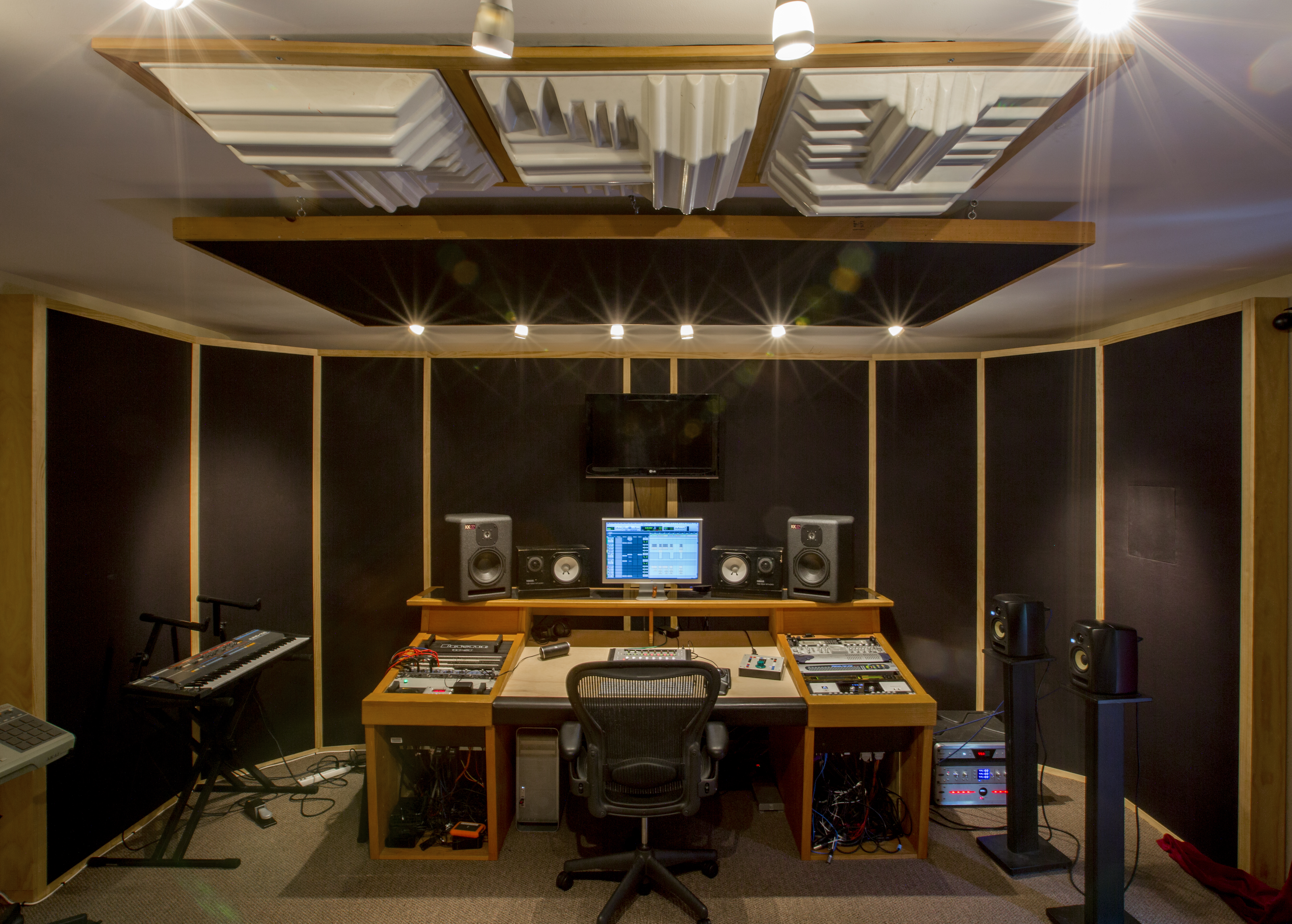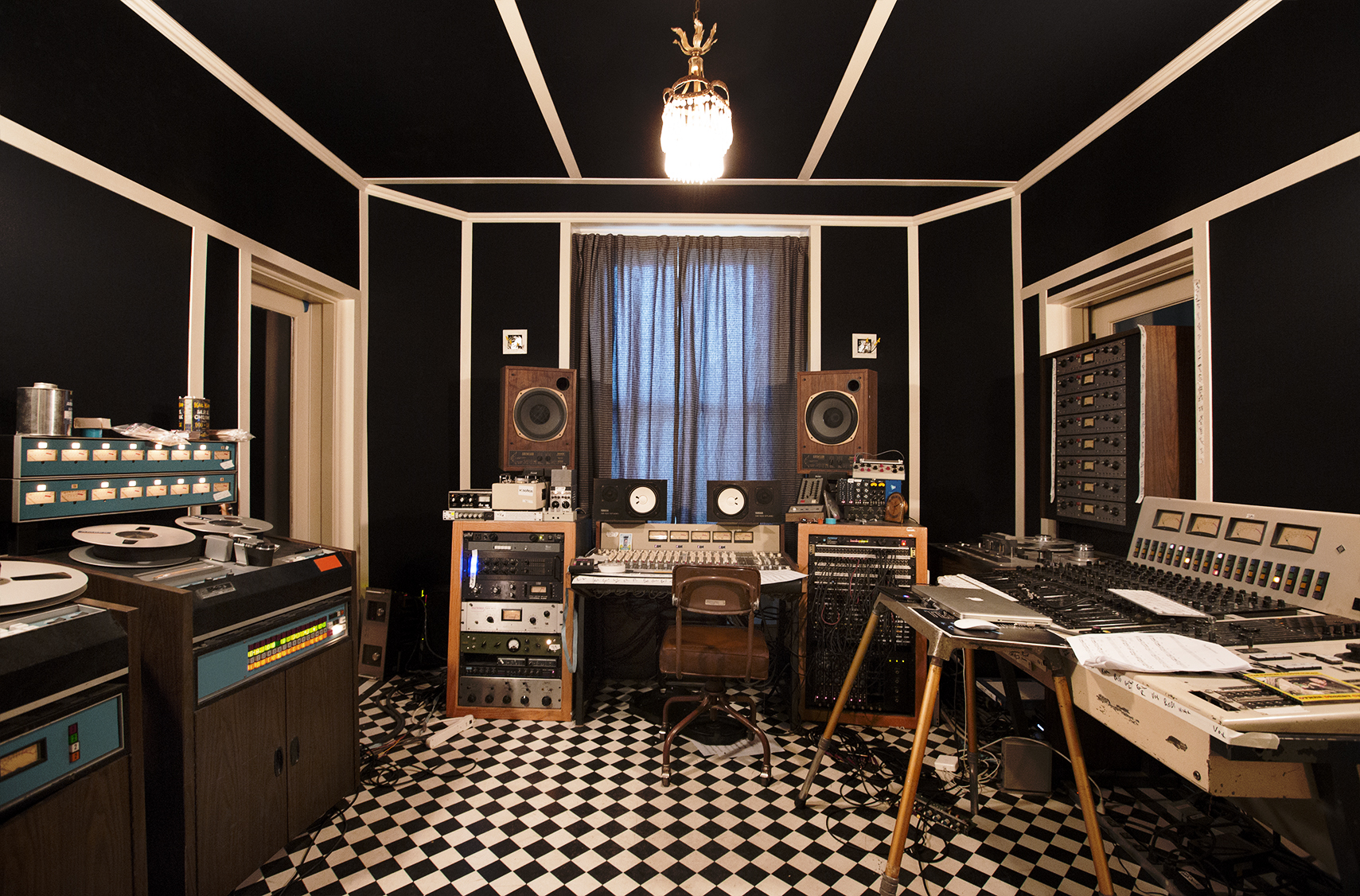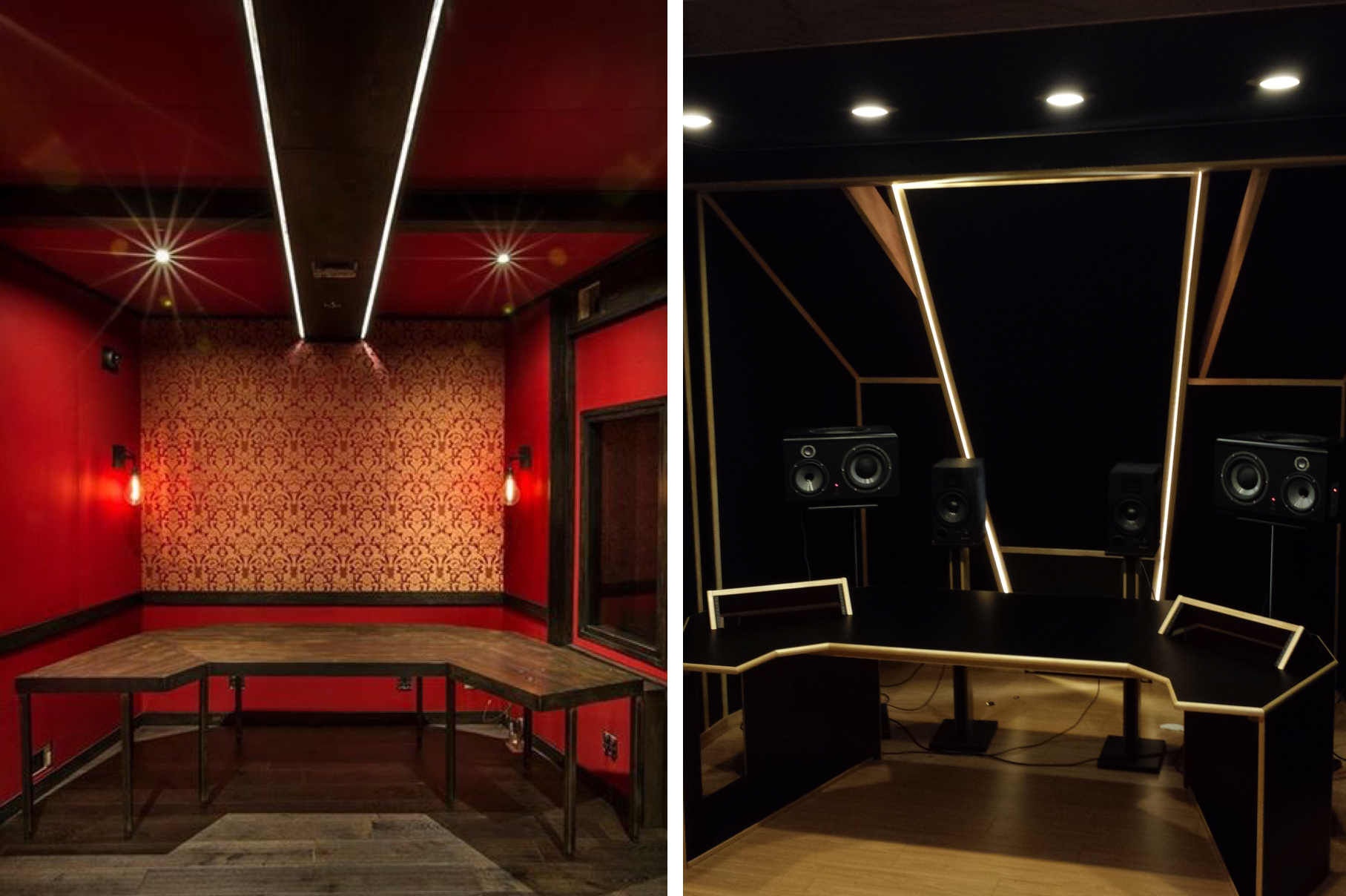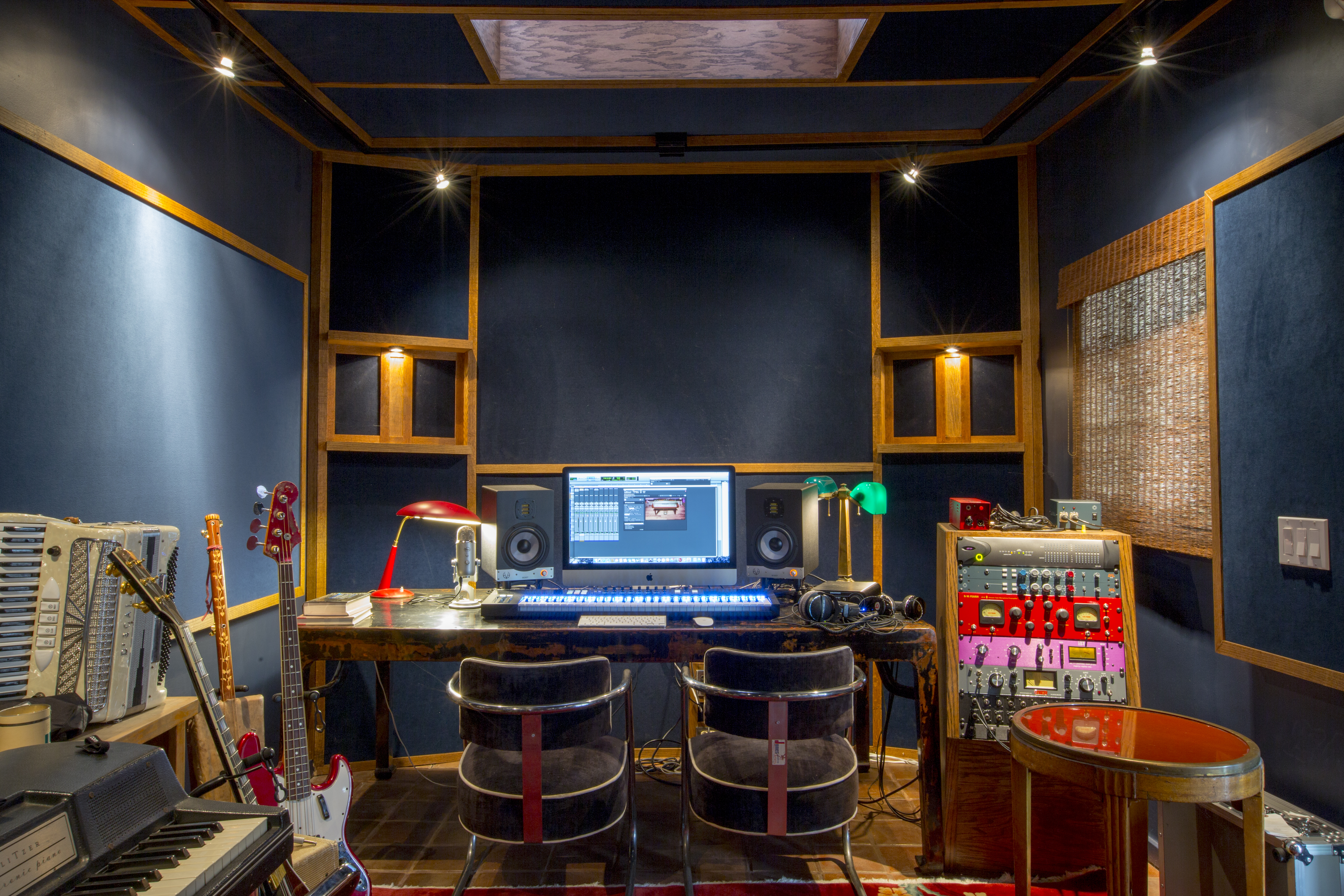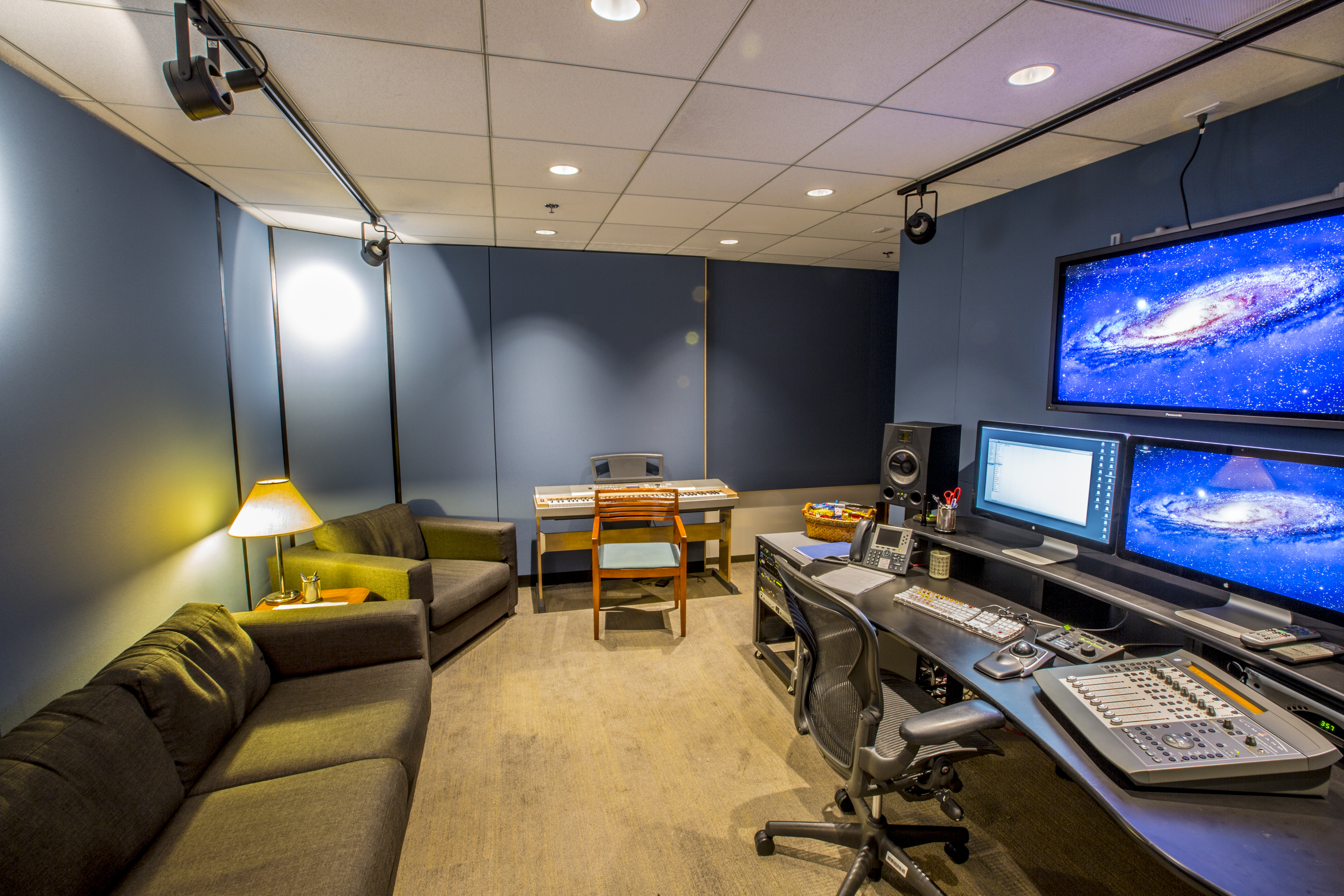How did you get into this?
I got into it accidentally. I’m an audio engineer by trade and I owned a studio in Louisville, Kentucky from 2001 until I moved to LA in 2011. I had performed some of the build-out and constructed the acoustic treatments for the two different buildings that my studio was located in during that time span, and shortly before I moved I had designed and helped build another home studio for another guy in Louisville.
When I moved here [to LA], I was engineering a couple of records but I didn’t have much planned beyond that. My buddy was a general contractor and he got asked to build a home studio but he didn’t have any experience with that. So he asked me if I would want to help, and I ended up running the entire job…
Then in typical LA fashion, one night in a bar someone asks, “So what do you do” and I’m like, “Well, right now I’m building a recording studio…” The abridged version of the rest of the story is that this person referred me to a friend of theirs, whose studio I also ended up designing and building. Then things just snowballed purely from word of mouth, and the next thing I know I’m getting calls from Atlantic Records and Vice and making significantly more money in studio construction than I ever did or could producing punk and hardcore records.
You mentioned you do treatments and sound proofing?
I do everything from entire ground-up design/builds to small treatment installations. I recently got my G.C. (General Contracting) license. Noise reduction construction for any application—music related or otherwise—is one of the things that I specialize in.
Most construction is not done with isolation in mind. There are a lot of standard construction practices and tolerances that are perfectly acceptable for general residential and commercial buildings, but are entirely unsuitable for studios or any other facility where extreme sound isolation is desired or required. In my experience, people who don’t specialize and have extensive experience in soundproofing construction aren’t going to do a very good job at it.
I routinely see some pretty ridiculous things in studios where there are inadequate sound isolation issues that range from bizarre crackpot methods and materials—where its clear that the contractor didn’t even google “soundproofing”—to other instances where the proper materials are used, but in ways that severely impair their effectiveness. For instance, using the exceptionally expensive QuietRock and having it chock full of recessed lighting, outlet, switch, mic panel and HVAC holes. In general if you ever hear the words Soundboard or Homasote come out of someone’s mouth then don’t hire that person.
Similar to Acoustic Treatment, there are a variety of materials and methods that do work. The specific type and degree of soundproofing construction I recommend or perform for each project will vary depending on expectations, budget and the conditions or limitations of an existing structure.

